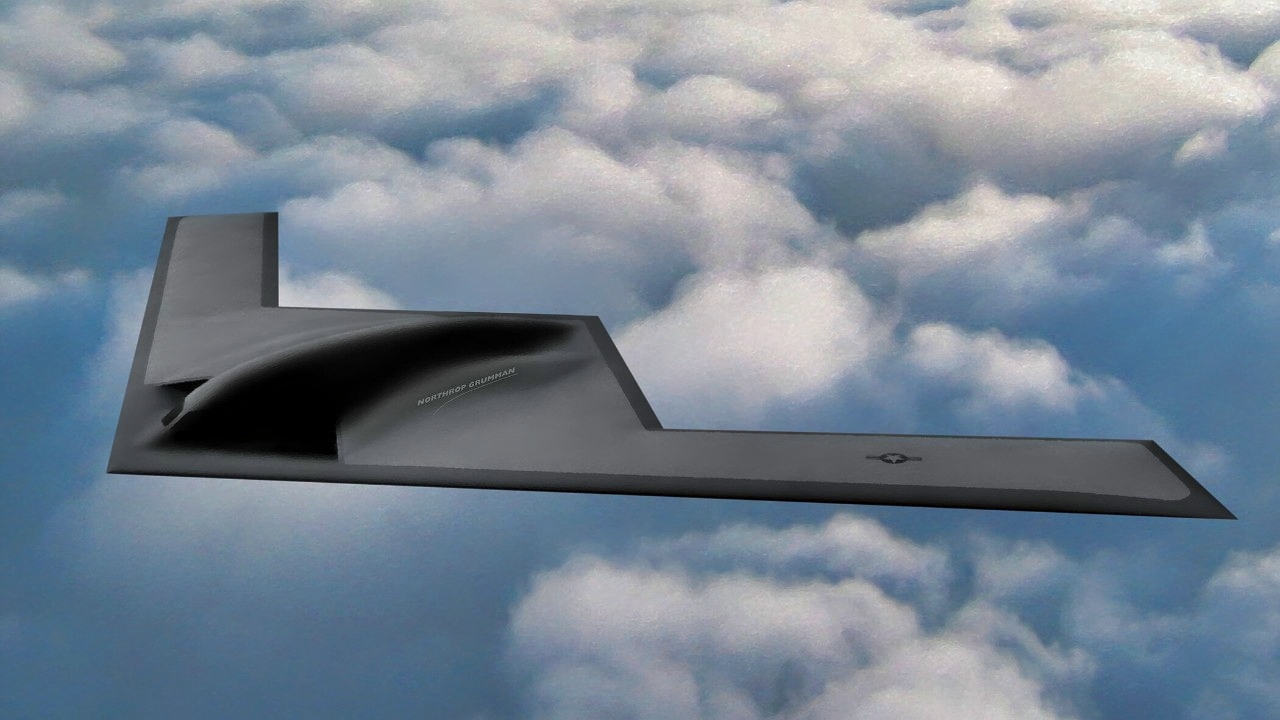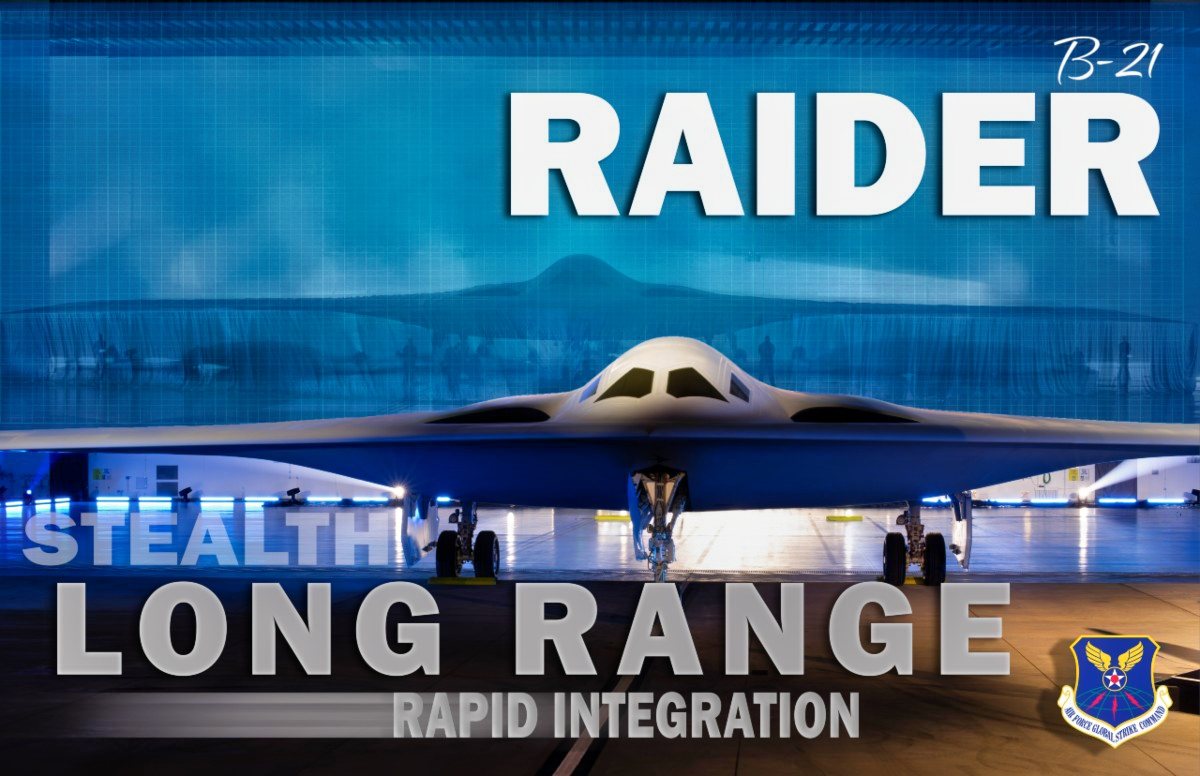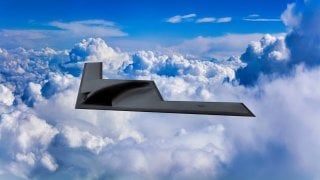B-21 Raider Testing: Is the Air Force's New Bomber Ready for Combat?
The U.S. Air Force's B-21 Raider stealth bomber is advancing well in its flight testing phase, flying up to twice weekly. Designed to replace the B-2 Spirit and B-1 Lancer, the B-21 aims to enhance the Air Force's long-range strike capabilities with modern stealth technology.
B-21 Raider Bomber Update - Key Points: The U.S. Air Force's B-21 Raider stealth bomber is advancing well in its flight testing phase, flying up to twice weekly. Designed to replace the B-2 Spirit and B-1 Lancer, the B-21 aims to enhance the Air Force's long-range strike capabilities with modern stealth technology.

Northrop Grumman and the Air Force are conducting meticulous airborne and ground tests to ensure the bomber's performance and durability.
The B-21, capable of carrying a 20,000-pound payload, is expected to enter service in the late 2020s or early 2030s, with initial basing at Ellsworth, Whiteman, and Dyess AFBs.
B-21 Raider: The Future of Stealth Bombers Takes Flight
The U.S. Air Force’s new stealth bomber, the B-21 Raider, appears to be headed in the right direction. The B-21, a replacement for the aging B-2 Spirit, is in the flight testing phase, and it was recently revealed to be flying as much as twice per week. The goal, according to Northrop Grumman, is for the B-21 to become a “daily flier.”
“We’re very pleased with how it’s going,” said Tom Jones, president of Northrop’s aeronautics division. “We’re actually able to generate two test flights sometimes within a week, which, if you think about how far ahead we are, that’s great.”
Expanding the Envelope
The B-21 first flew last November. In the last 10 months, the Air Force and Northrop have been meticulous about expanding the bomber’s operating envelope, with airborne tests for each of its mission systems.
In addition to in-the-air testing, the B-21 program also has two bombers for ground testing, which includes structural testing and fatigue testing. These tests will help the Air Force understand how the B-21 is going to age and how it will perform as it does so.

The Air Force has a lot invested in the B-21. The bomber is slated to replace both the B-2 and the B-1 Lancer – two of the three airframes in the bomber fleet – so the B-21 has to work. If all goes as planned, the Air Force is planning to procure more than a hundred B-21’s.
The B-21 will be stationed at Ellsworth AFB (South Dakota), Whiteman AFB (Missouri), and Dyess AFB (Texas) to start.
“Potential consideration for forward facing, either temporary or permanent, of this weapon system to be able to deter the various actors around the globe, I think, might be of interest to the senior policymakers,” said Air Force Gen. Thomas Bussiere.
What is the B-21?
The B-21 will be the first bomber to join the U.S. fleet in three decades – since the B-2 was introduced. Like the B-2, the B-21 is a flying wing, built specifically for its low-observability characteristics.
The B-21 is meant to offer the Air Force a bomber with modern stealth characteristics, sufficient to slide past modern air defense systems undetected. (The B-2’s stealth features are becoming outdated.) The B-21’s up-to-date stealth technology should restore the Air Force’s ability “to conduct long-range strikes at scale in all threat environments,” as retired Air Force Col. Mark Gunzinger explained, “Long-range bombers enable theater commanders to strike enemy targets inaccessible to other U.S. and allied forces.”
The B-21 is expected to feature high subsonic speed (Mach 0.8+) with a 20,000 pound payload capacity and a max takeoff weight of 18,000 pounds. The new bomber will likely join the fleet in the late 2020s or early 2030s.
About the Author: Harrison Kass
Harrison Kass is a defense and national security writer with over 1,000 total pieces on issues involving global affairs. An attorney, pilot, guitarist, and minor pro hockey player, Harrison joined the US Air Force as a Pilot Trainee but was medically discharged. Harrison holds a BA from Lake Forest College, a JD from the University of Oregon, and an MA from New York University. Harrison listens to Dokken.
Image Credit: Creative Commons.


